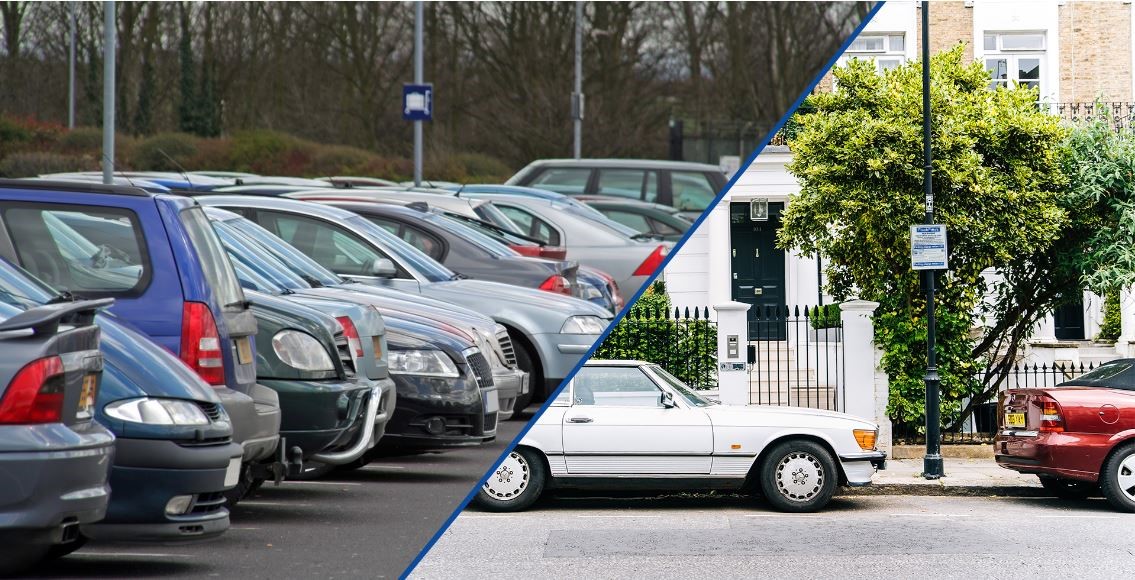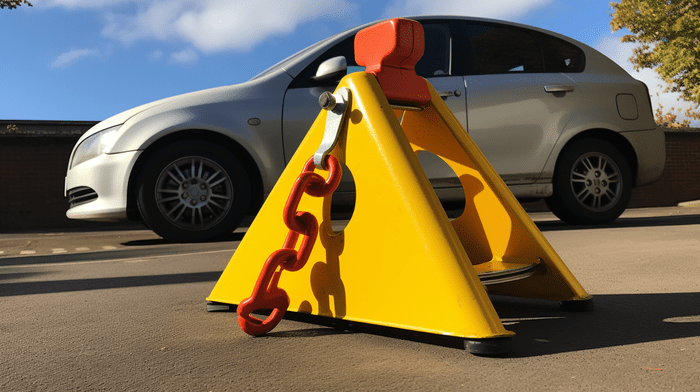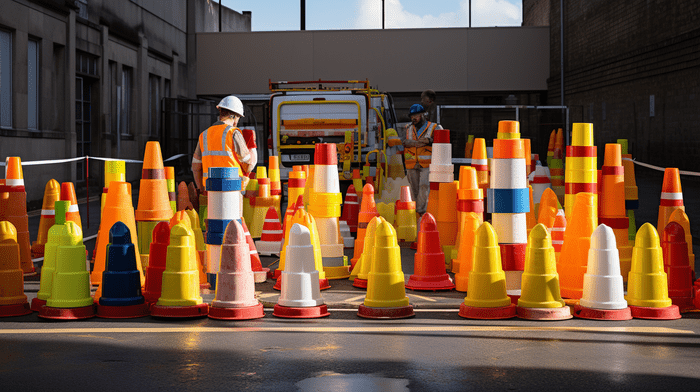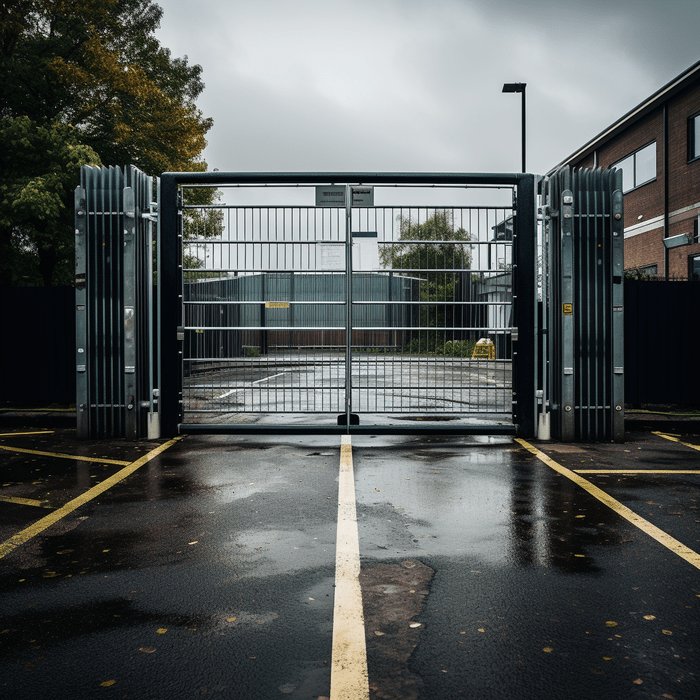

Unauthorised parking on private property

Unauthorised parking on private property is the same as trespassing. This occurs when a driver parks on private land where permission has not been given.
As a rule, parking signs and road line markings indicate the rules for drivers to follow on the public highway, whereas private landlords must display clear signage that sets out parking rules on their land. The signs must be displayed in prominent locations at the entrance of the property. Private land parking is regulated by the British Parking Association and the independent parking committee who set a code of practice for its operators to follow. If operators fail to comply, they can have their DVLA access removed, which means they cannot enforce parking regulations using parking charge notices.
What is the main difference between unauthorised parking on private property and unauthorised parking on a public highway?
There is a difference in law between public highway parking and private land parking the local authorities are responsible for ensuring the roads in their jurisdiction are safe for the pubic and motorists to use, therefore controlling how cars park is important. Vehicles that park in areas restricting visibility can make it unsafe for motorists and pedestrians. The Road Traffic Act sets out rules to follow on the public highway and the authorities enforce parking restrictions using Penalty Charge Notices. Motorists that want to appeal the decision of their local authority can appeal to the Traffic Penalty Tribunal. The Traffic tribunals deal with disputes for motorists once an appeal has been rejected by the local authority. Unauthorised parking on private property is regulated by its own industry ombudsman, POPLA.
Traffic wardens patrol the public highway hotspots where parking violations are likely to occur and issue Penalty Charge Notices to vehicles that break the rules, such as:
- where parking has been paid for and expired
- where parking has not been paid for
- where parking has occurred in breach of the parking regulations displayed on a nearby sign
- where parking has taken place on a yellow line or controlled area red route
- where a disabled parking space is being used by a motorist without the badge holder card displayed
Unauthorised parking on property has escalated because of a lack of parking on public highways and lack of council operated car parks in cities and town across the UK.
Wheel clamping on private land started in London and was used as a deterrent on private land between 1991 to 2012 when it was banned under the Protection of Freedom Act. However, the industry remains unregulated leading to exorbitant practices by parking operators.
As a result of the ban, private landlords looked to other means to protect their property from unauthorised parking which included parking control equipment e.g., barriers, parking posts, or gates. The other option is to issue private parking tickets which eliminates the use of traffic control equipment and keeping the entrance of the property open at all times.
How unauthorised parking on private property is prevented?
Using wheelclamping (where bylaws exist)

Using traffic control equipment

Issuing Parking Charge Notices
Installing a gate

Warden patrol

ANPR cameras

